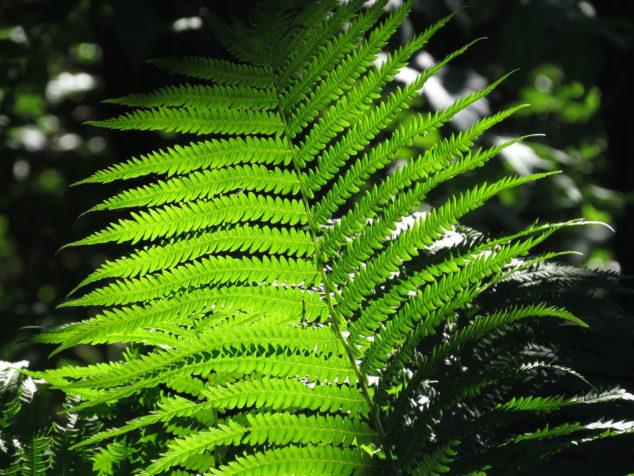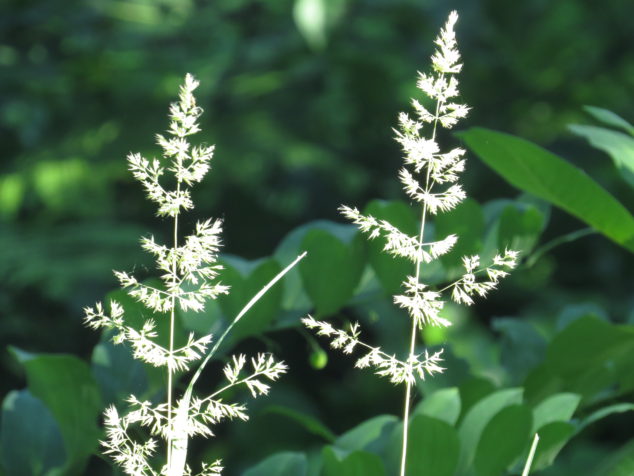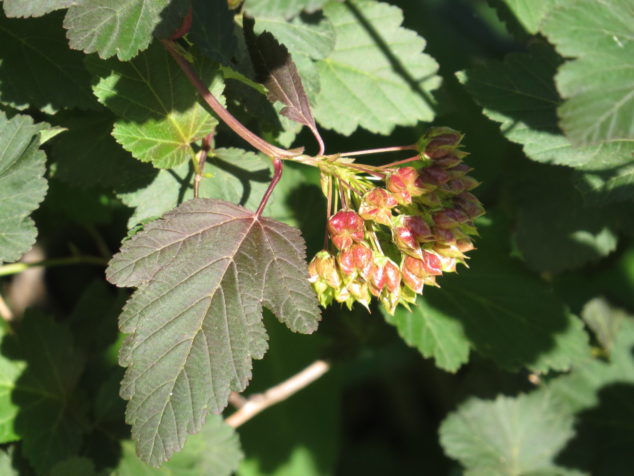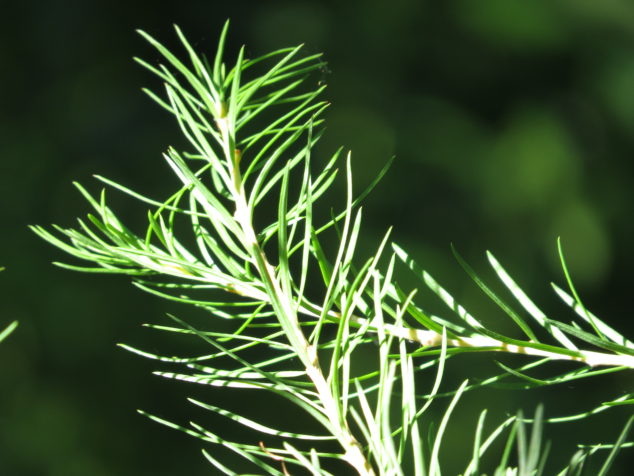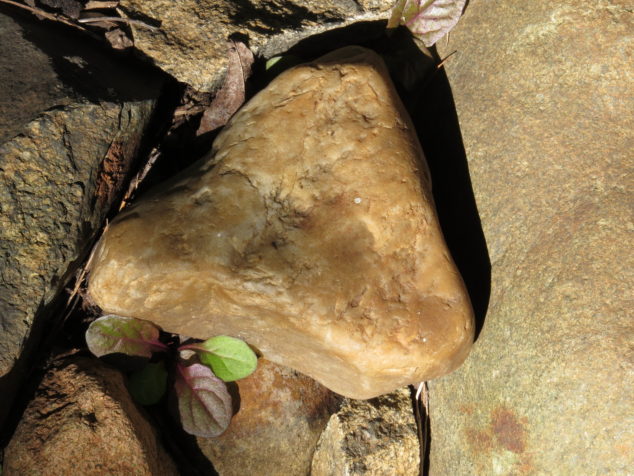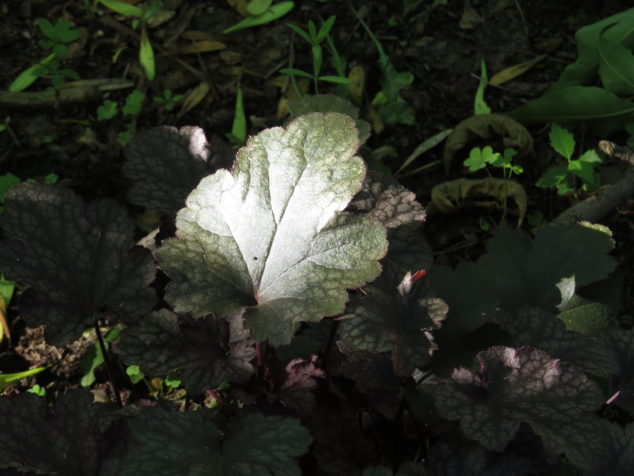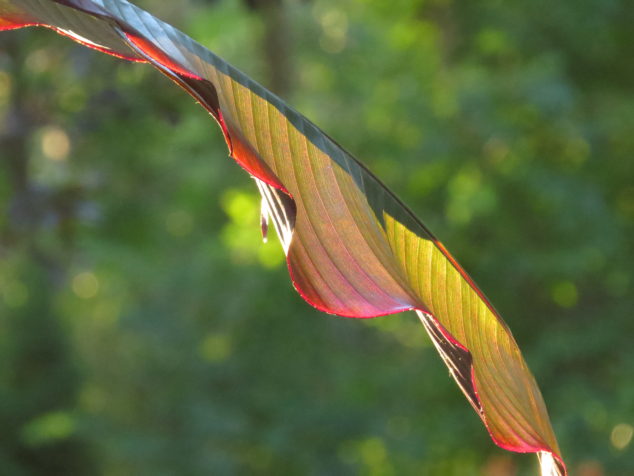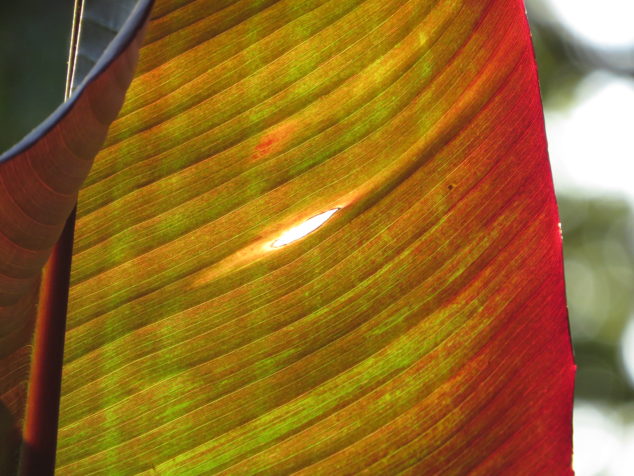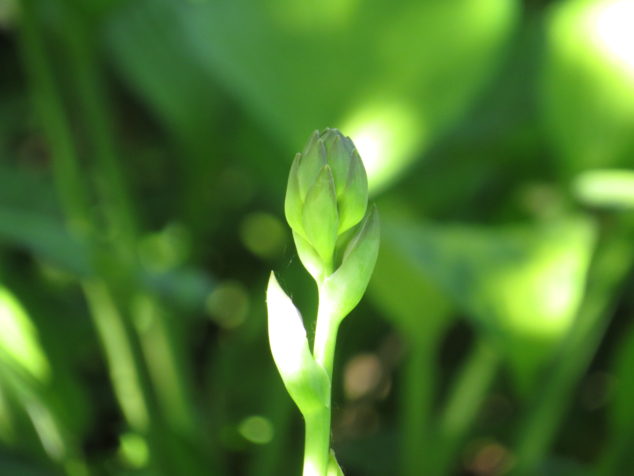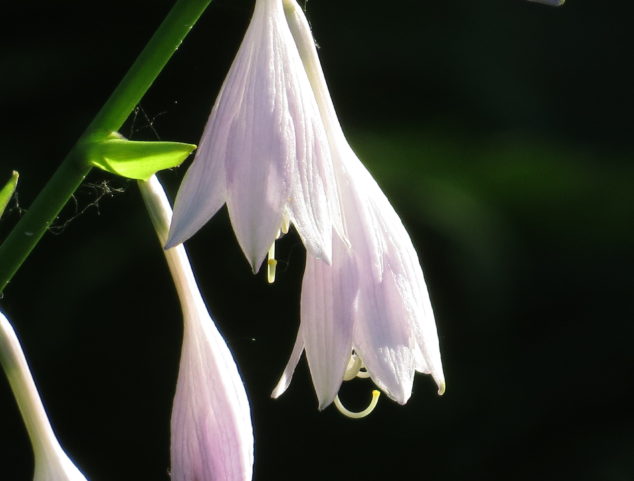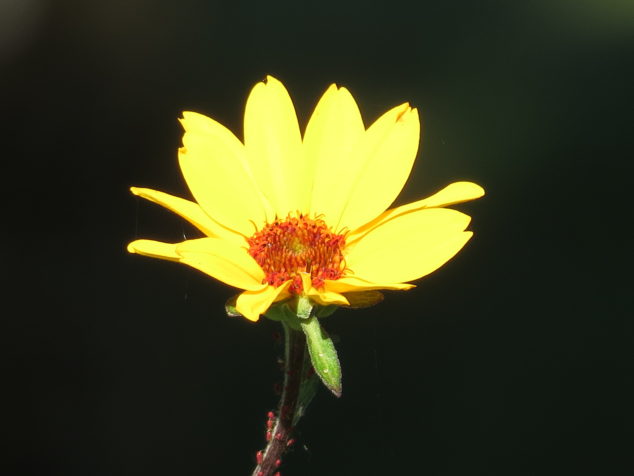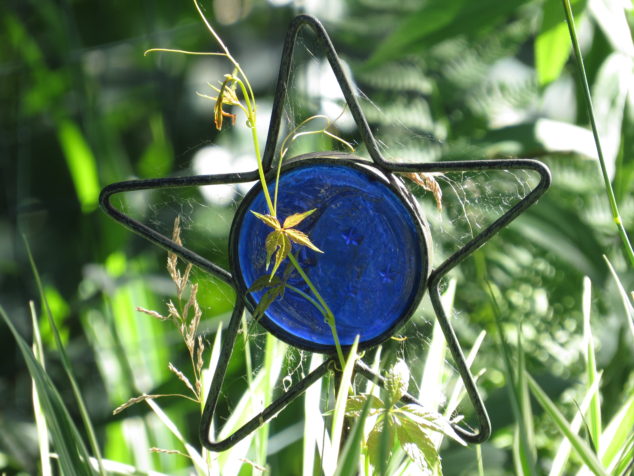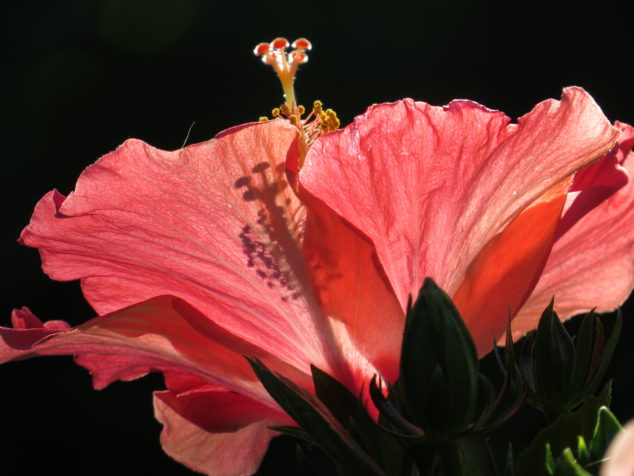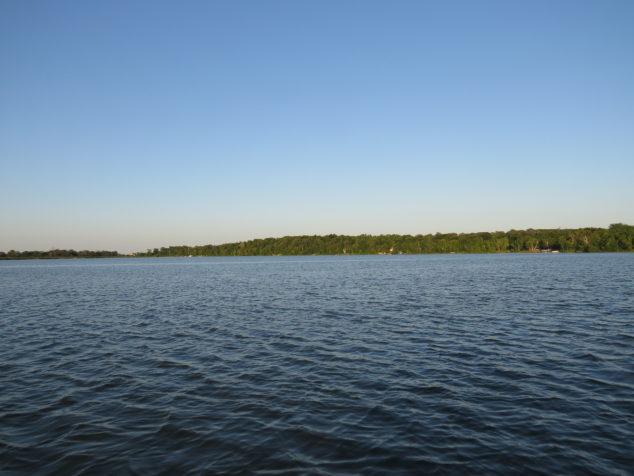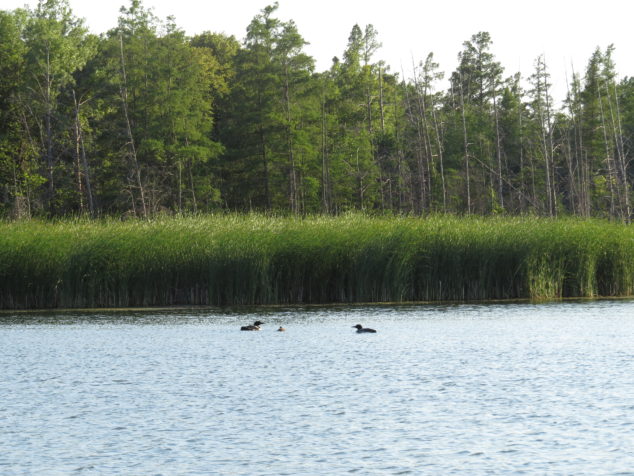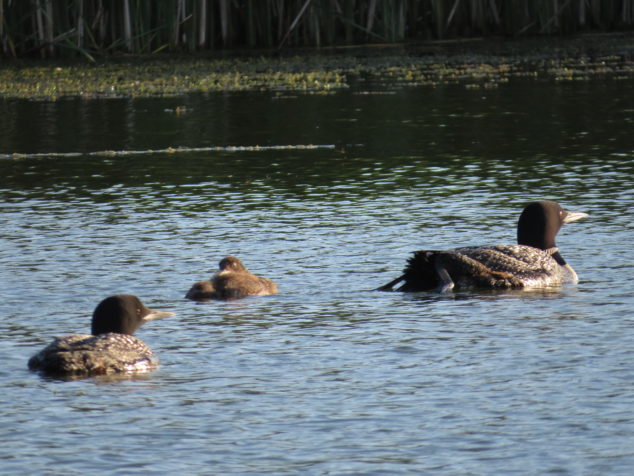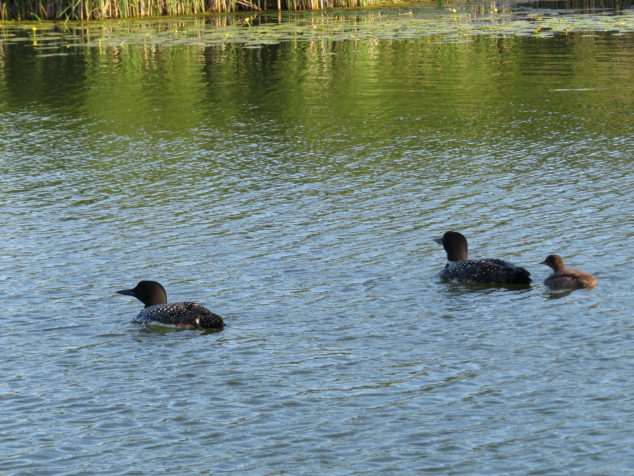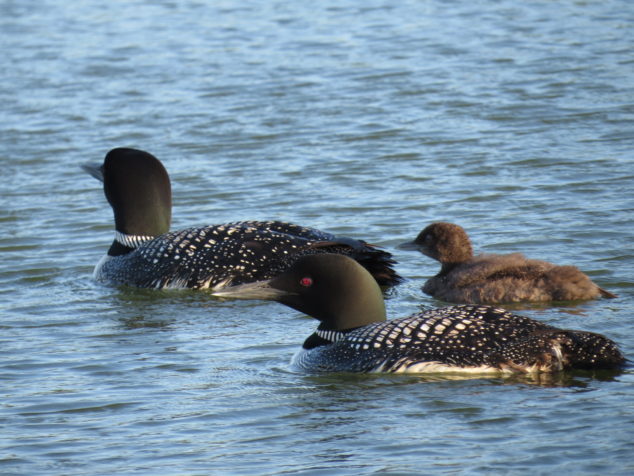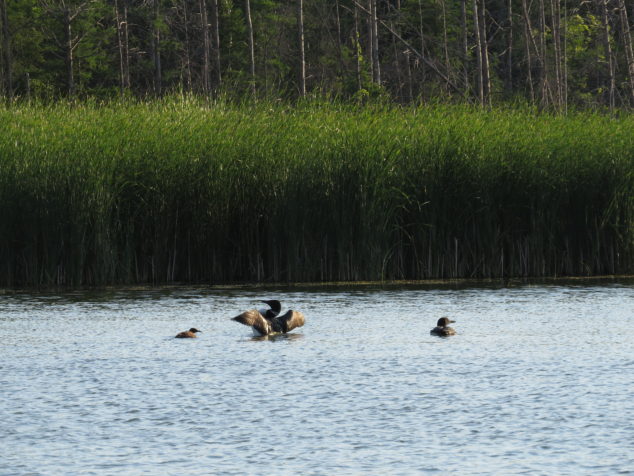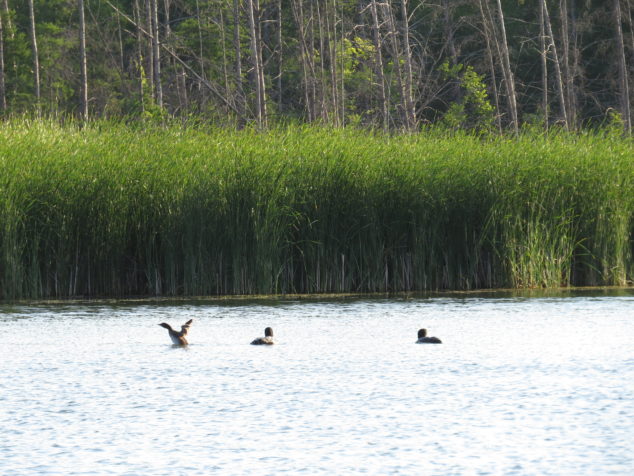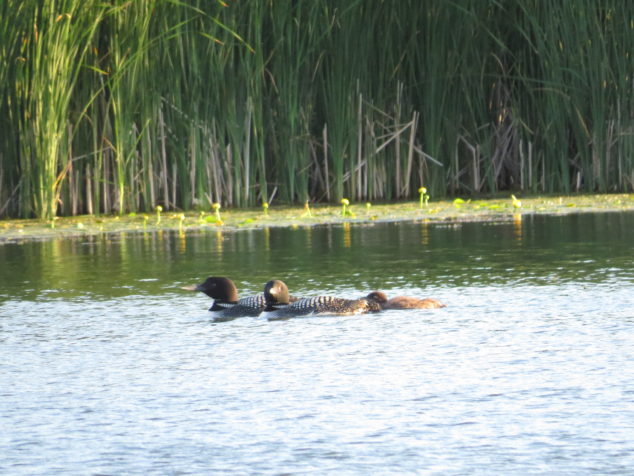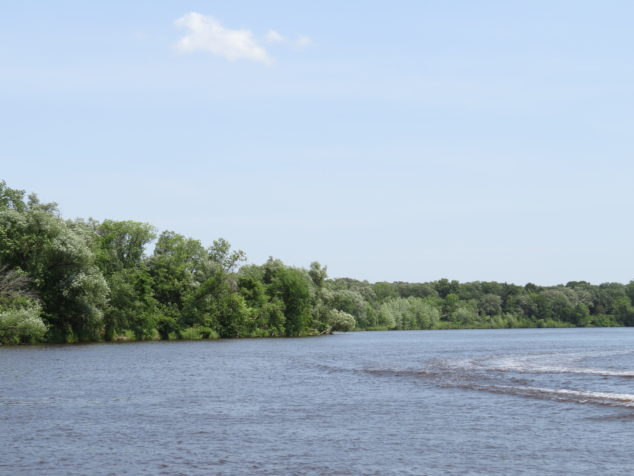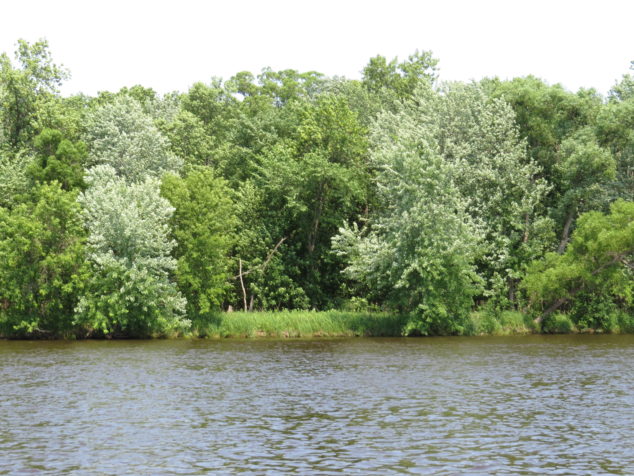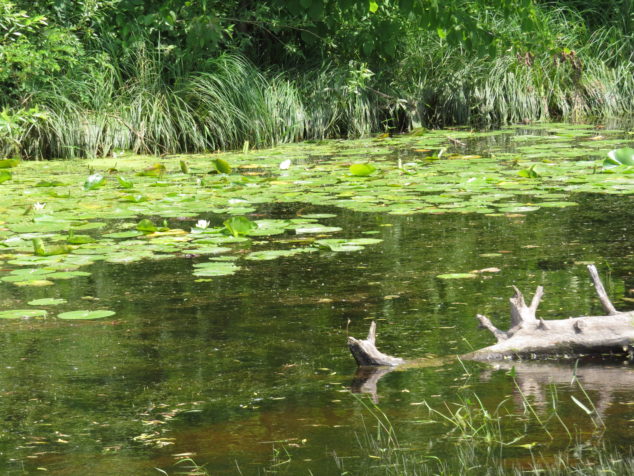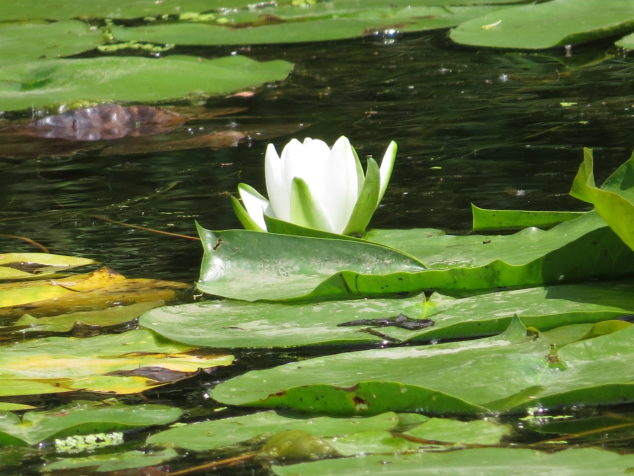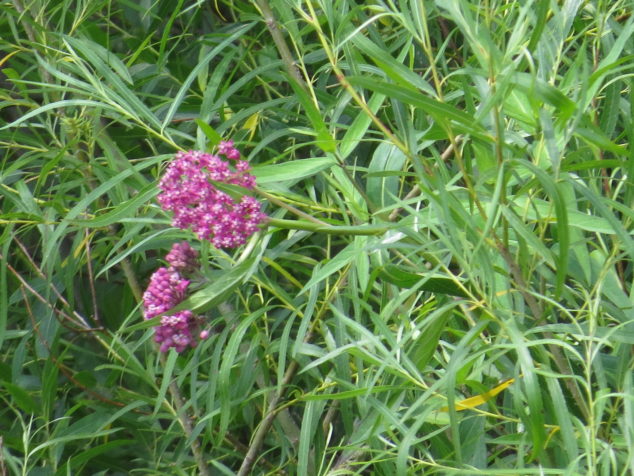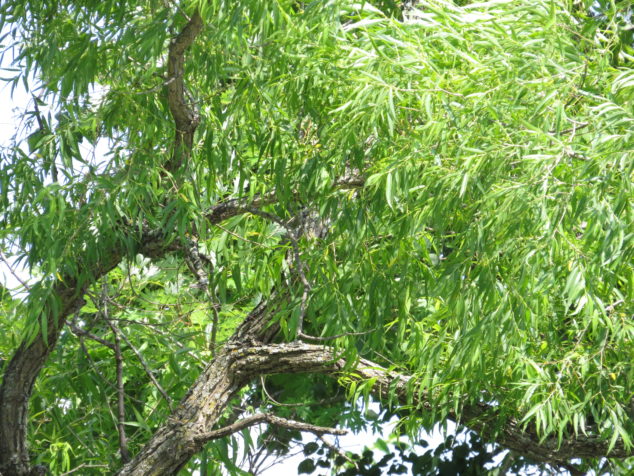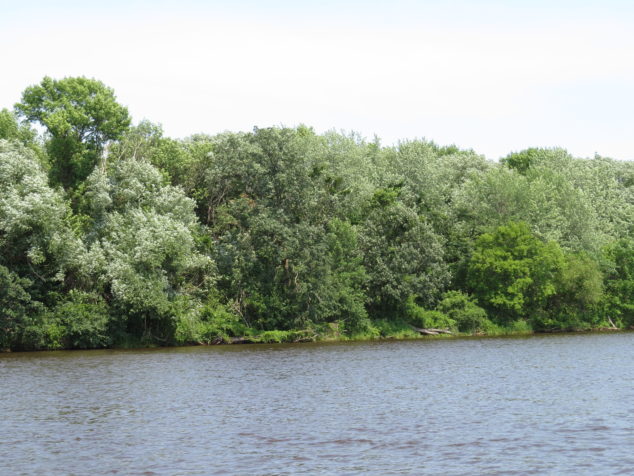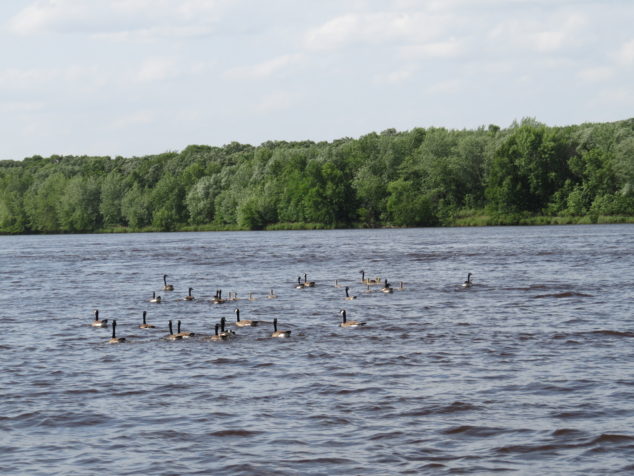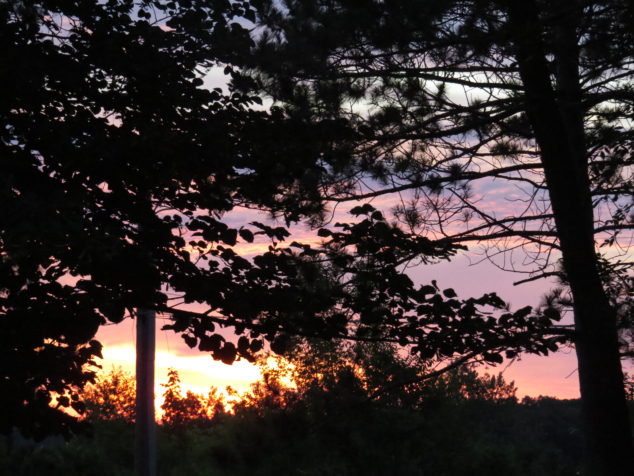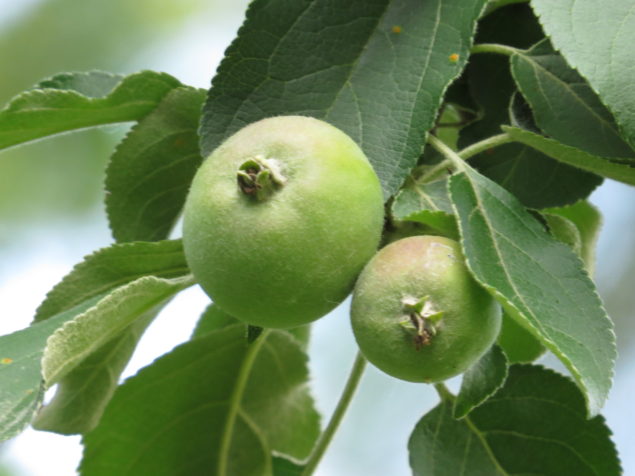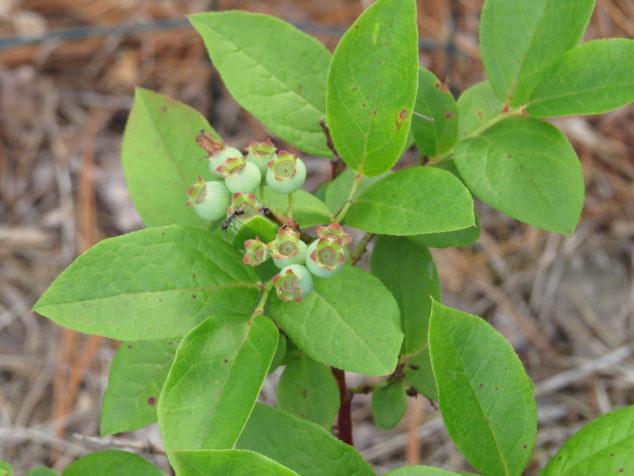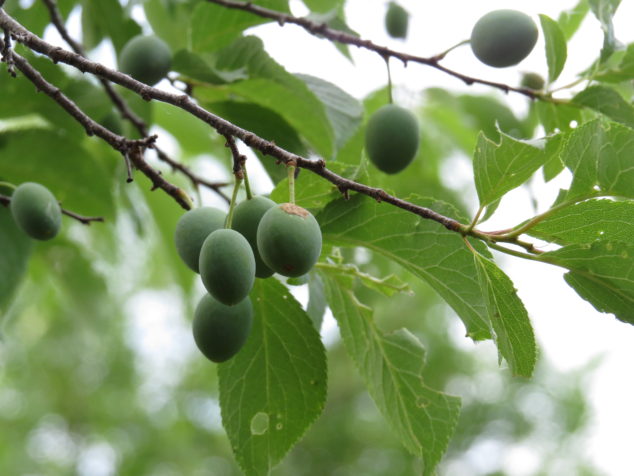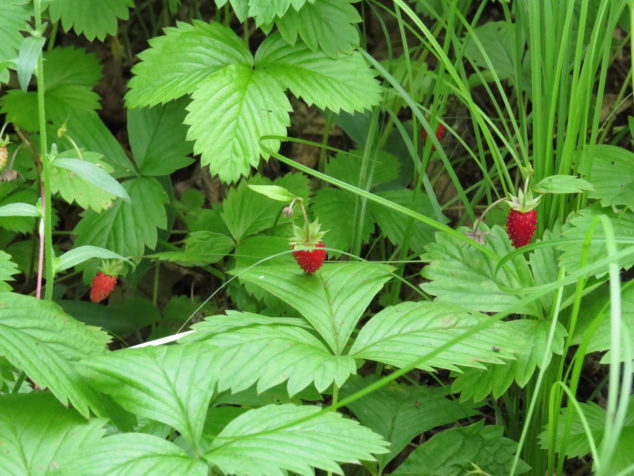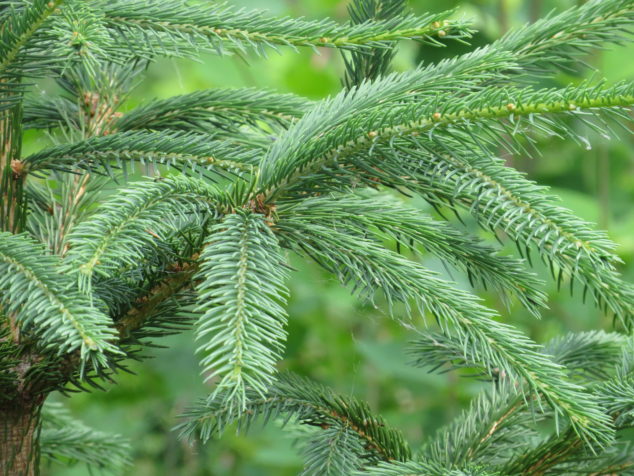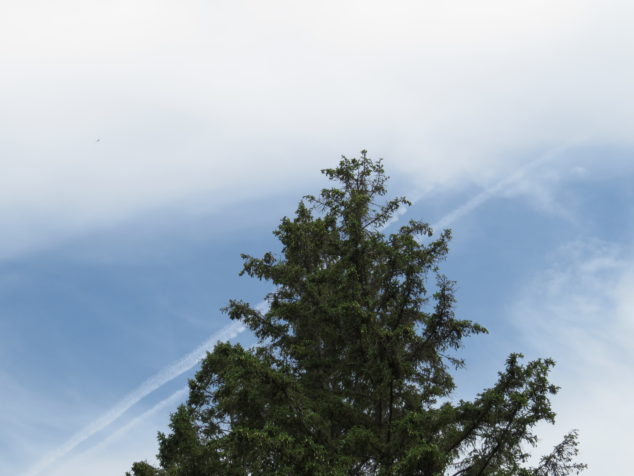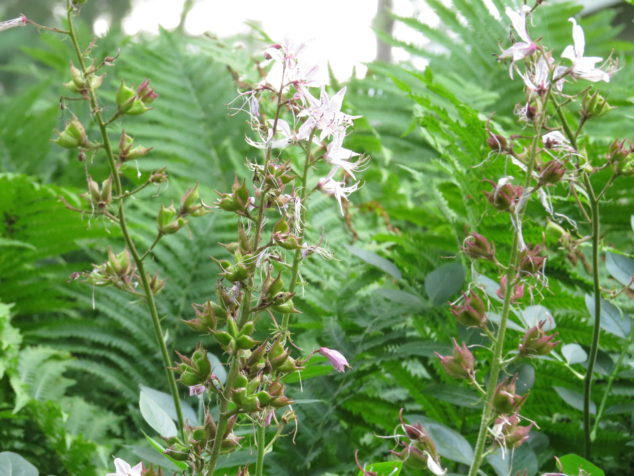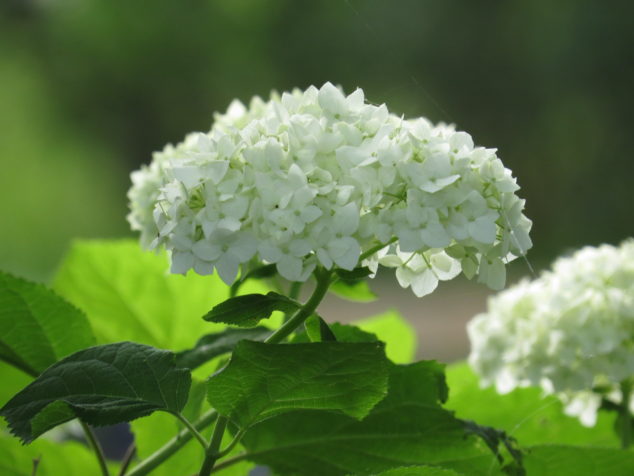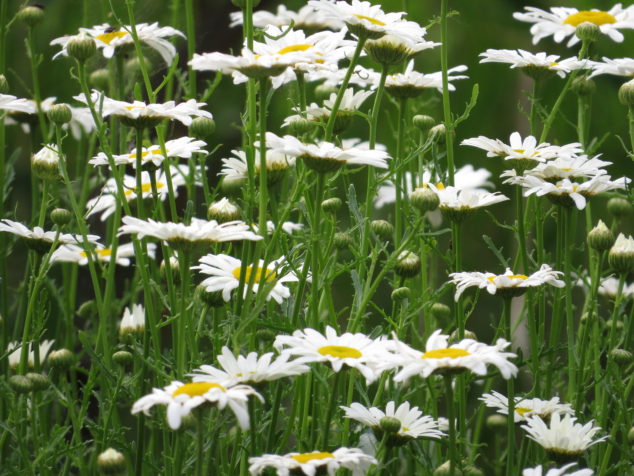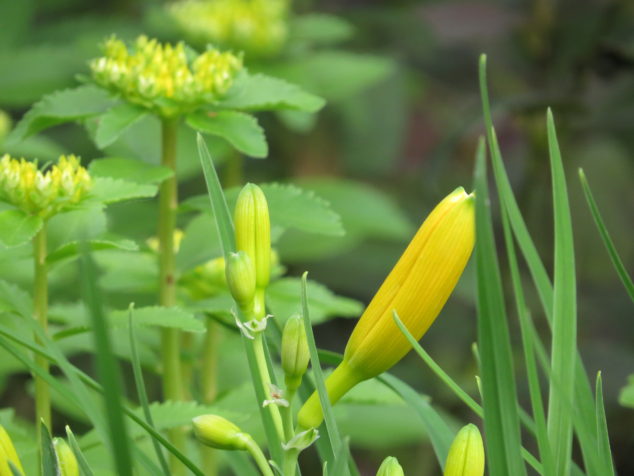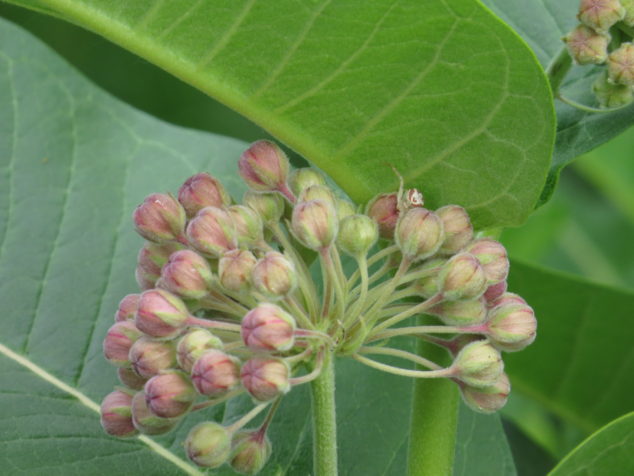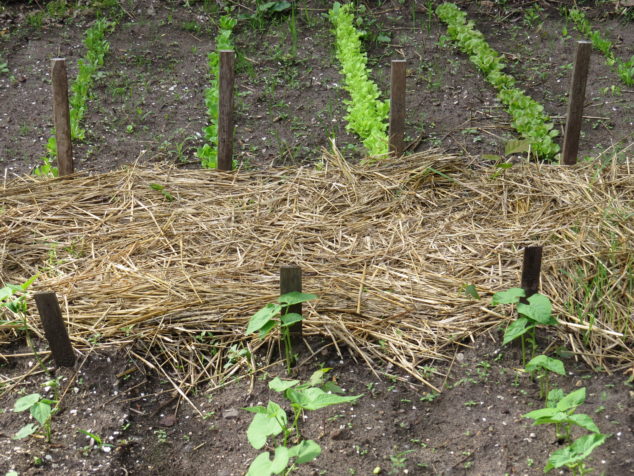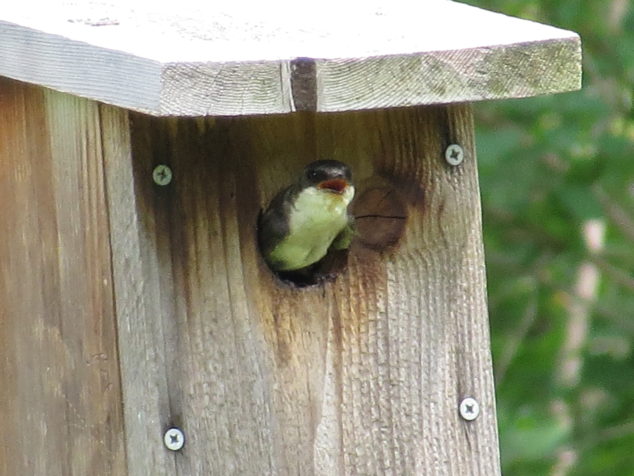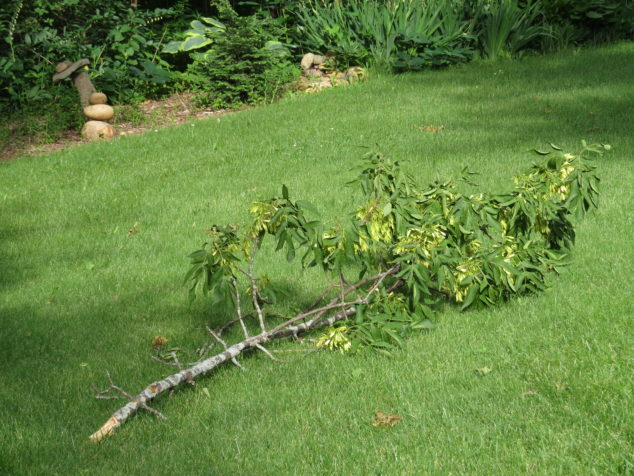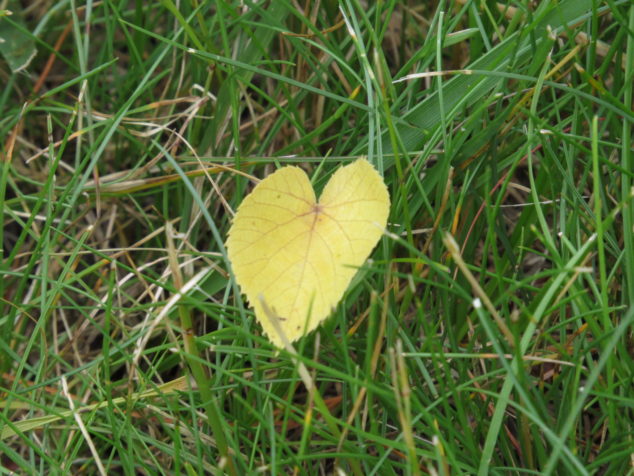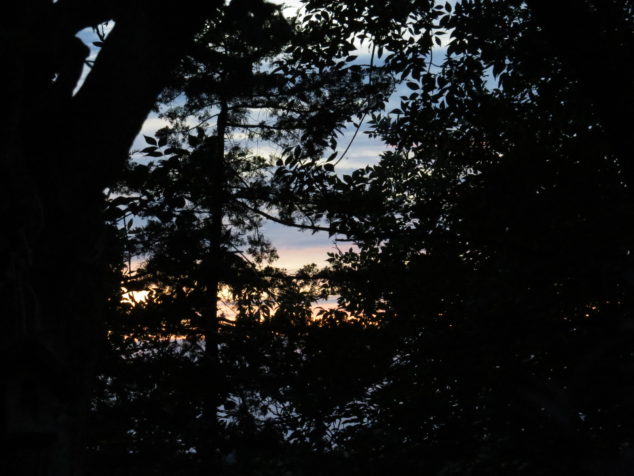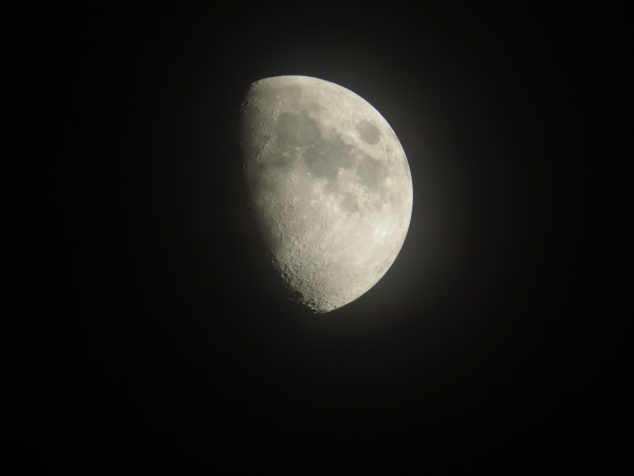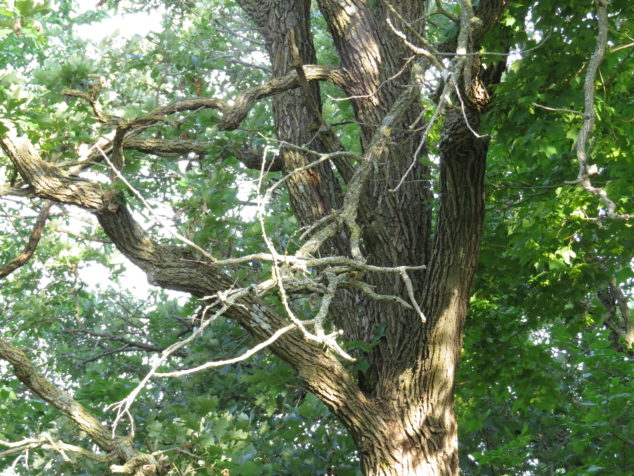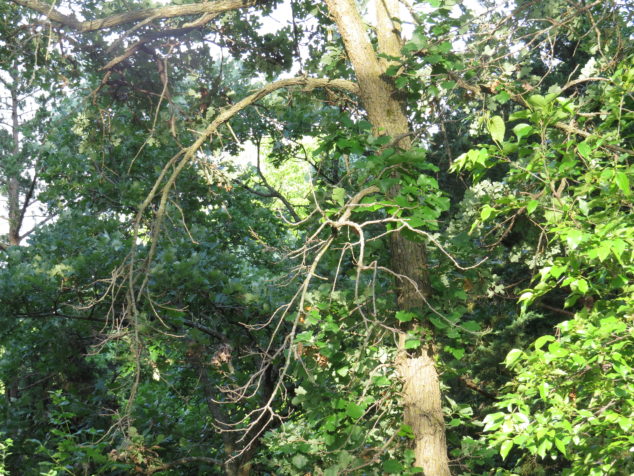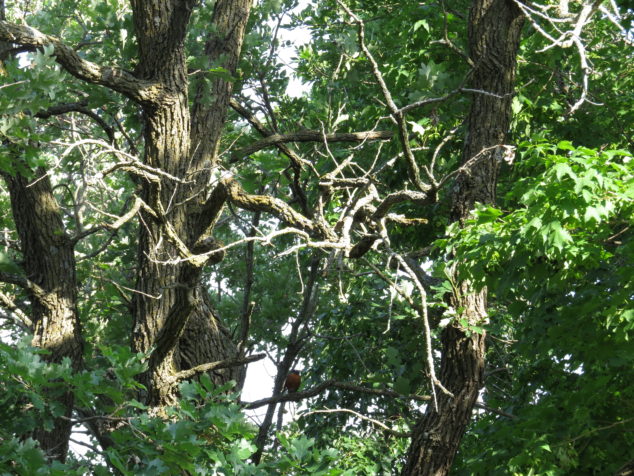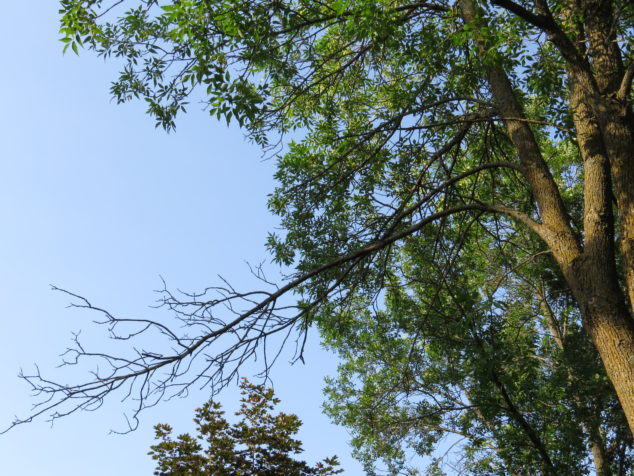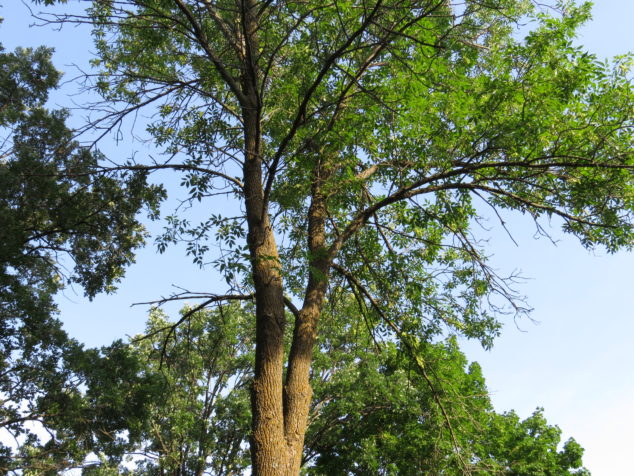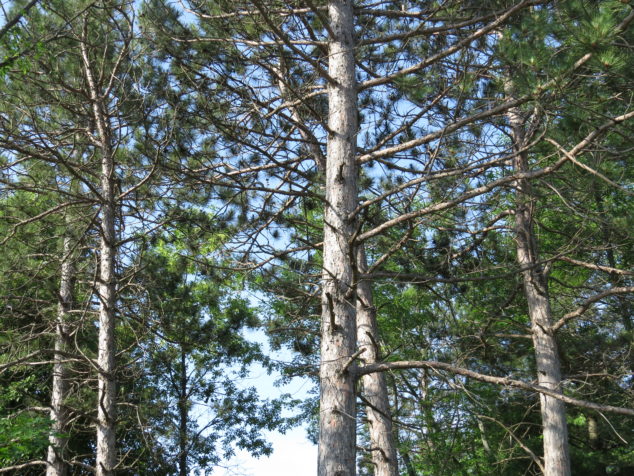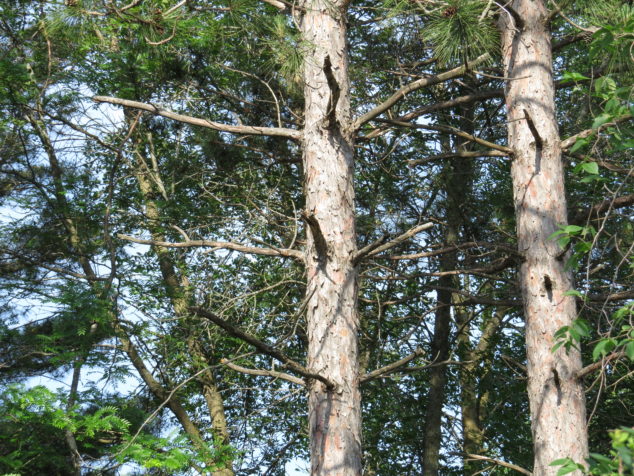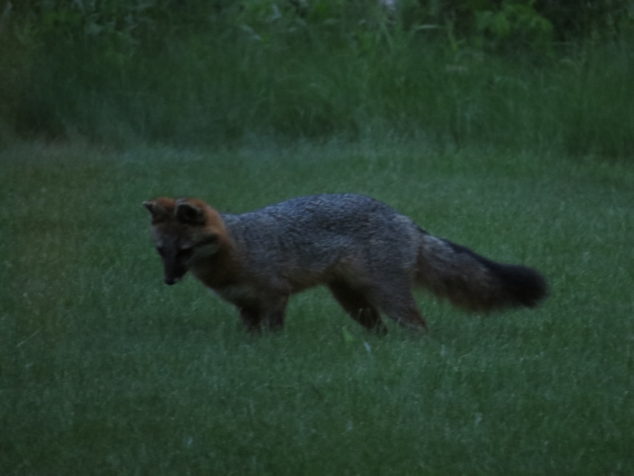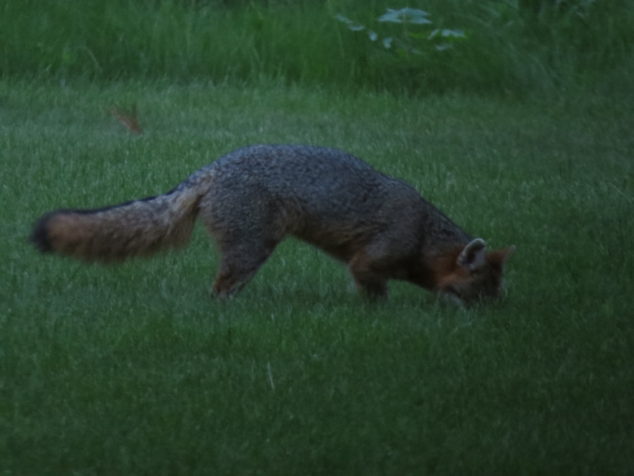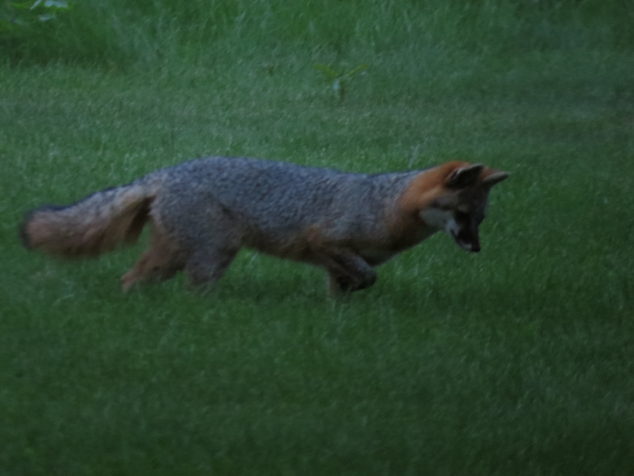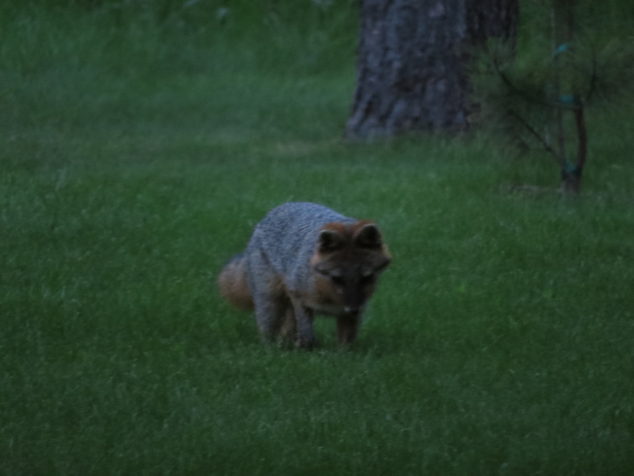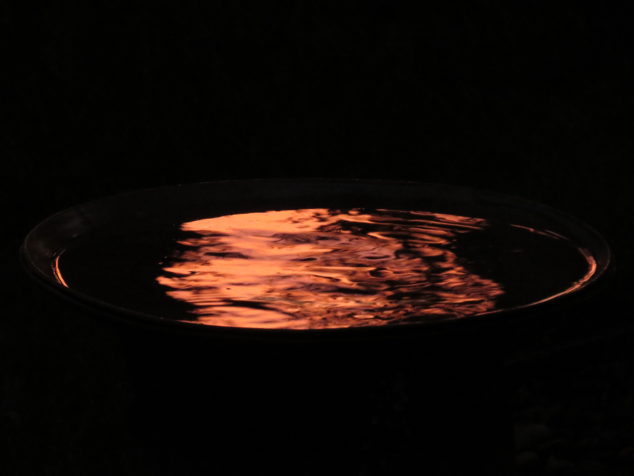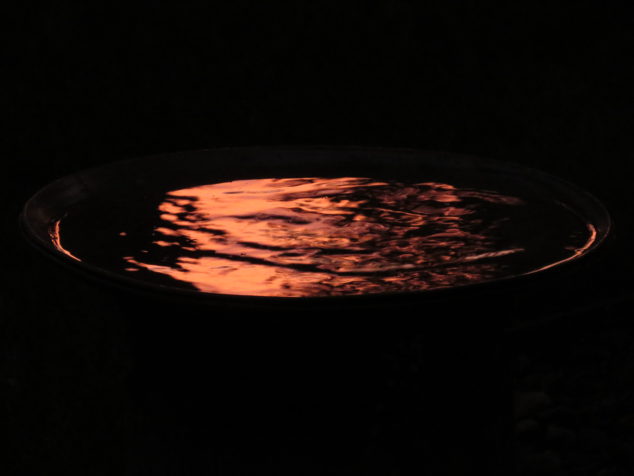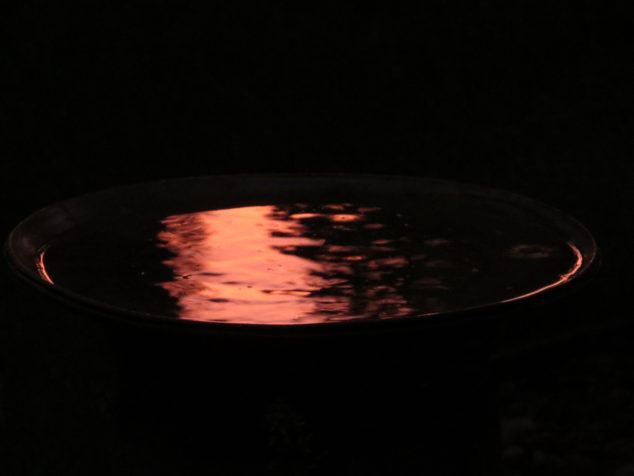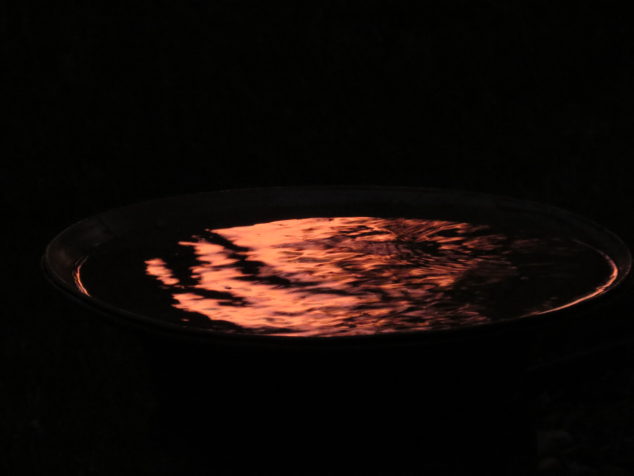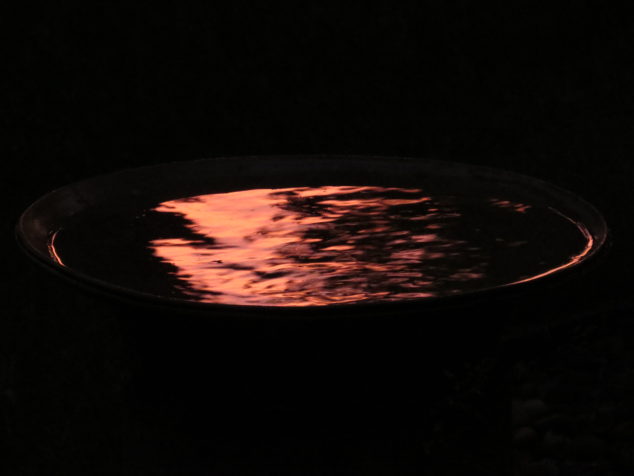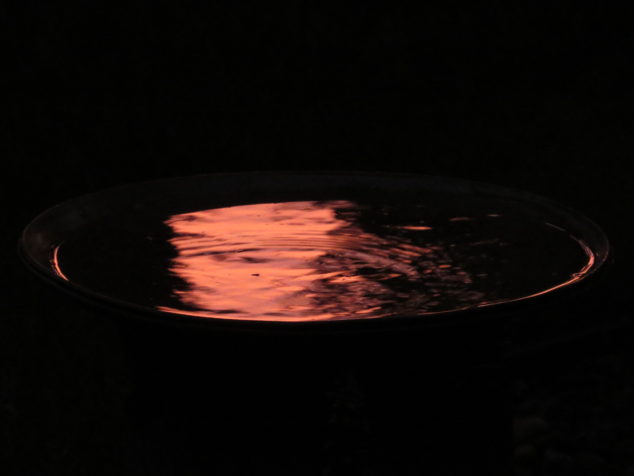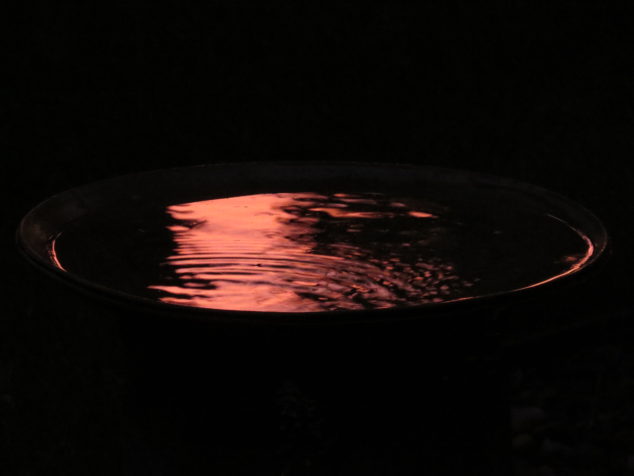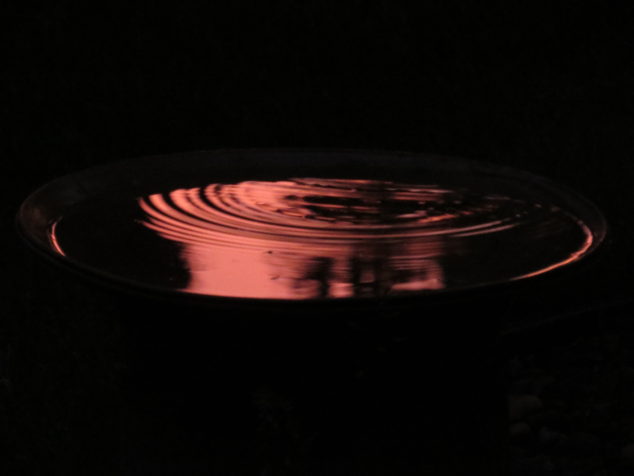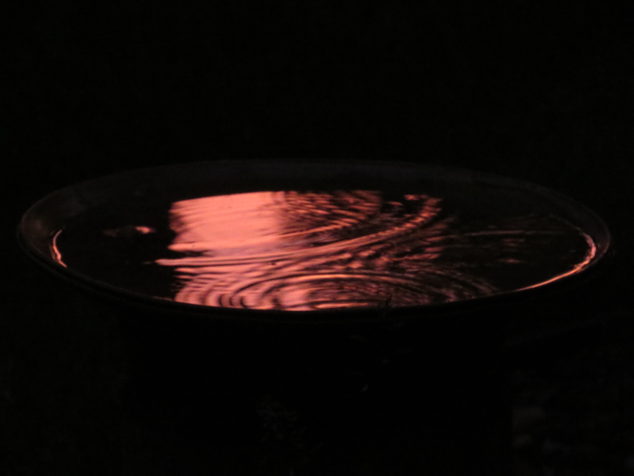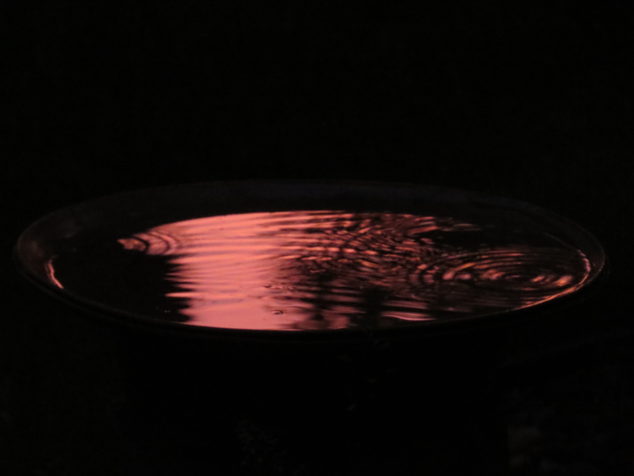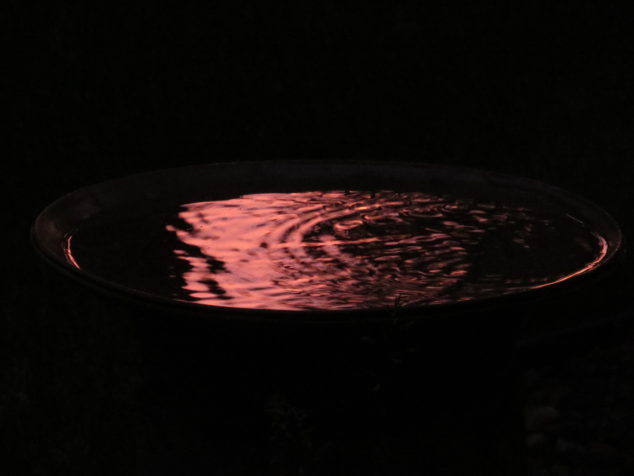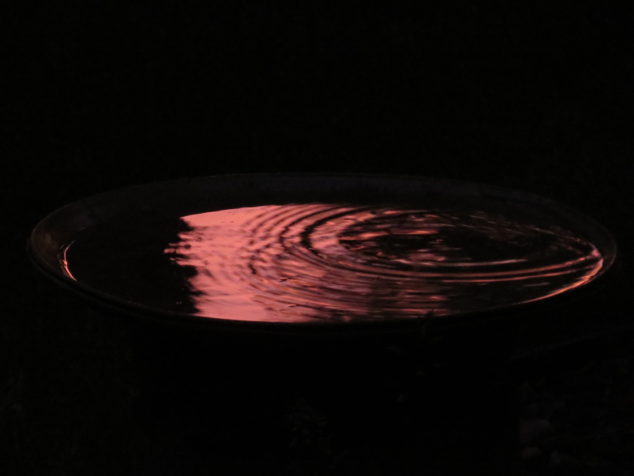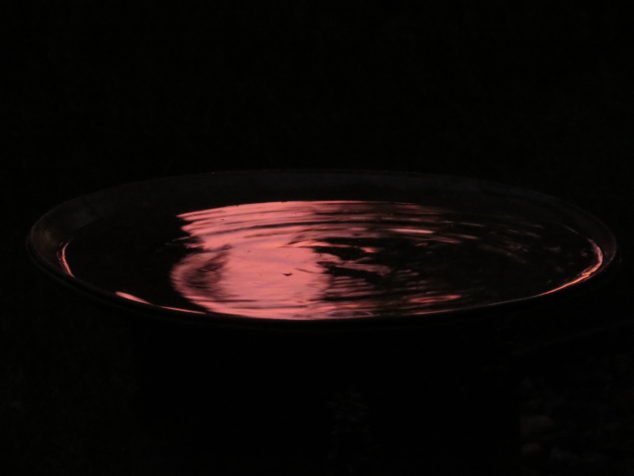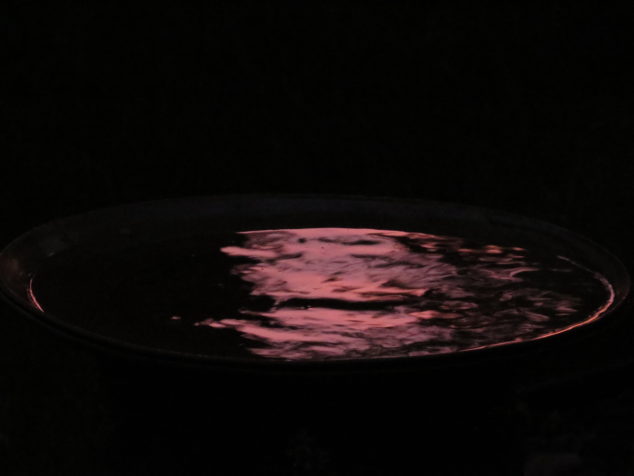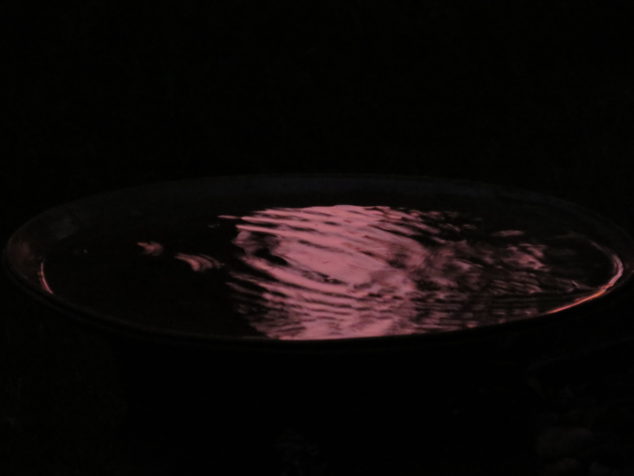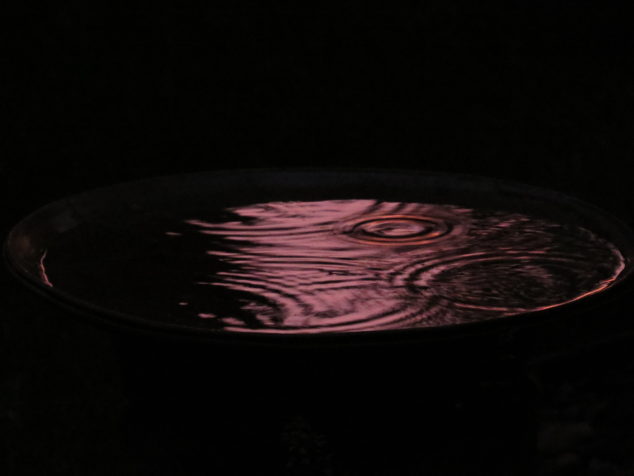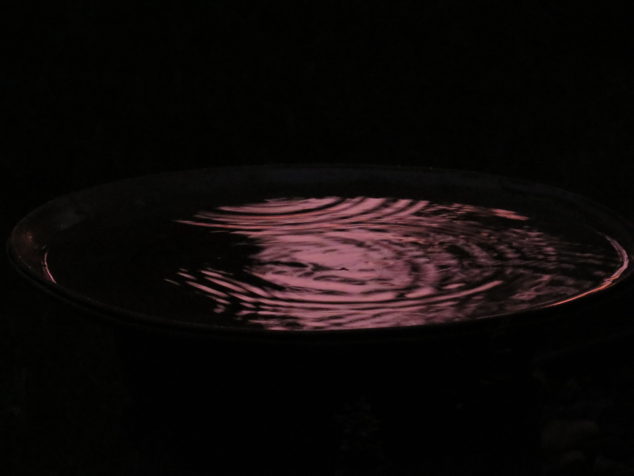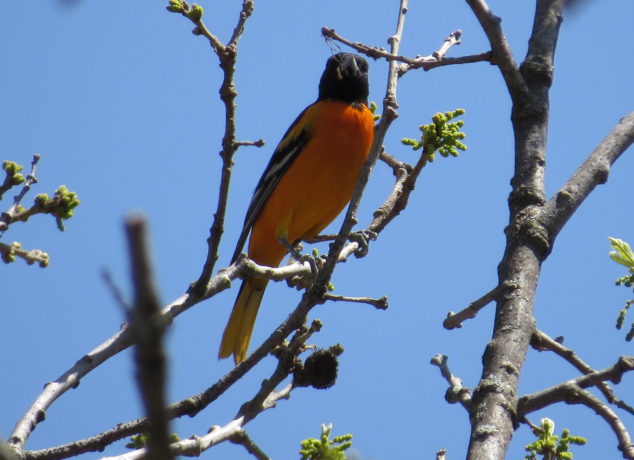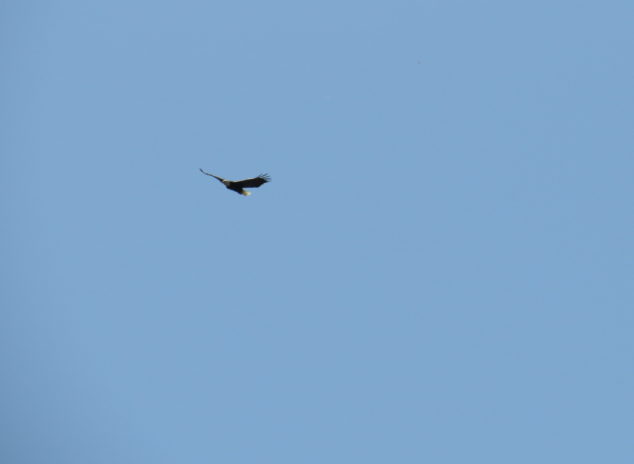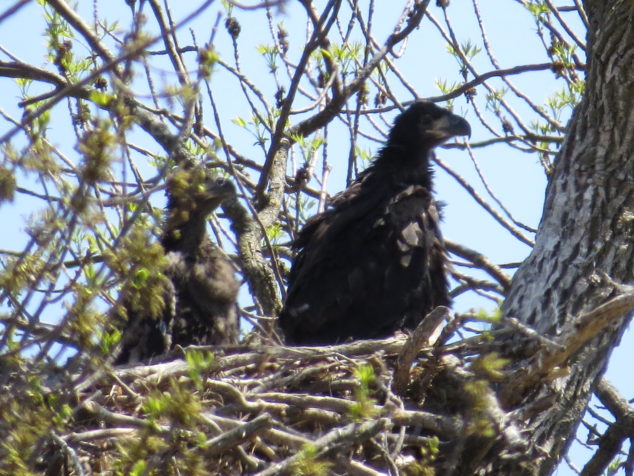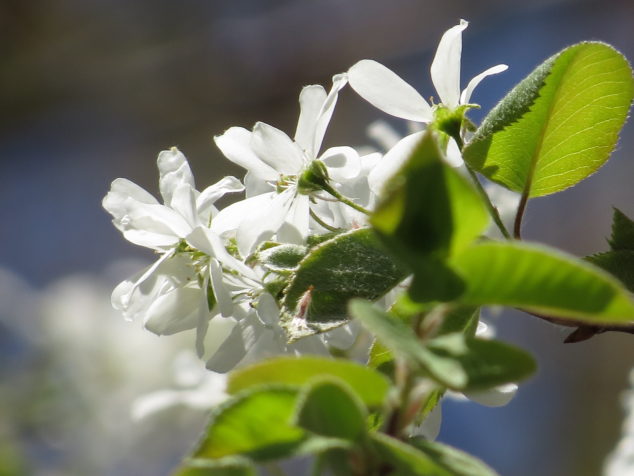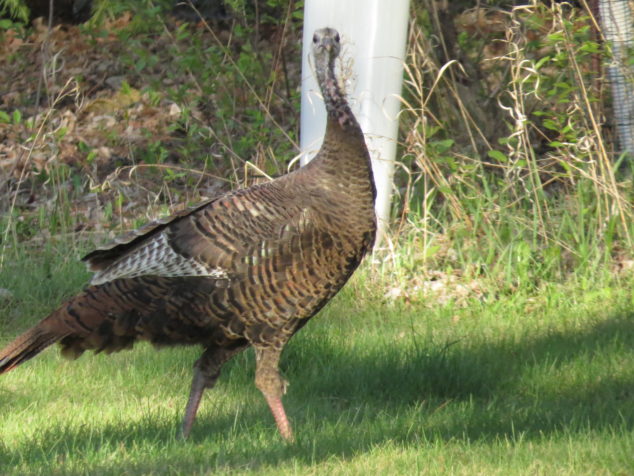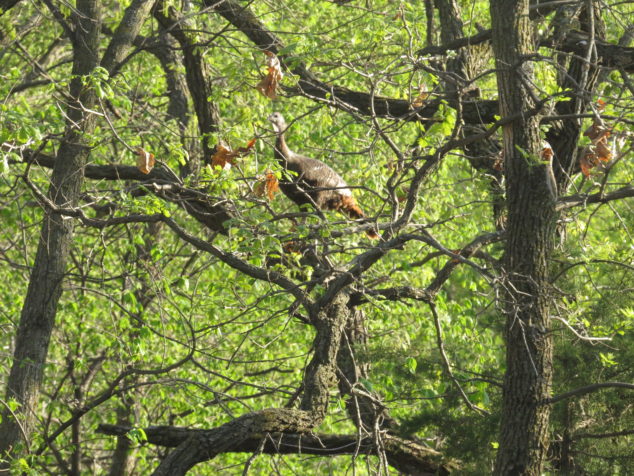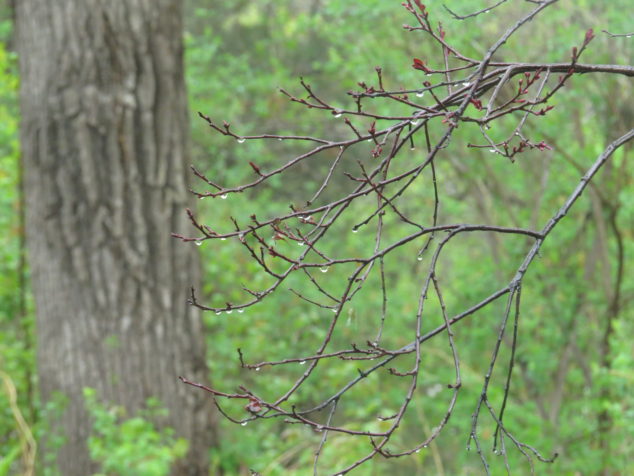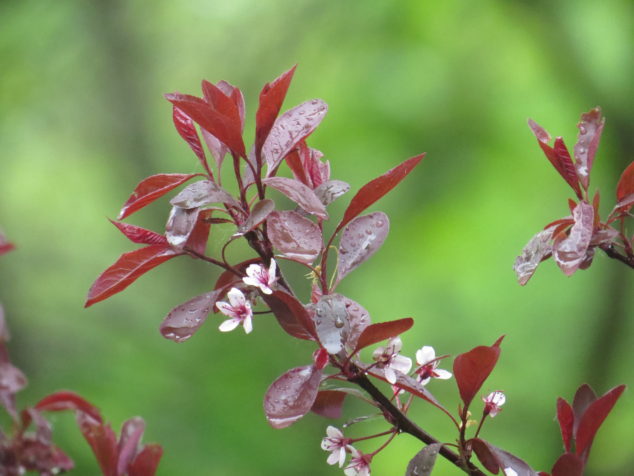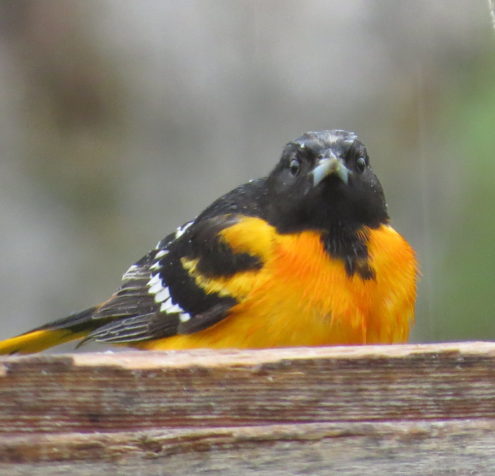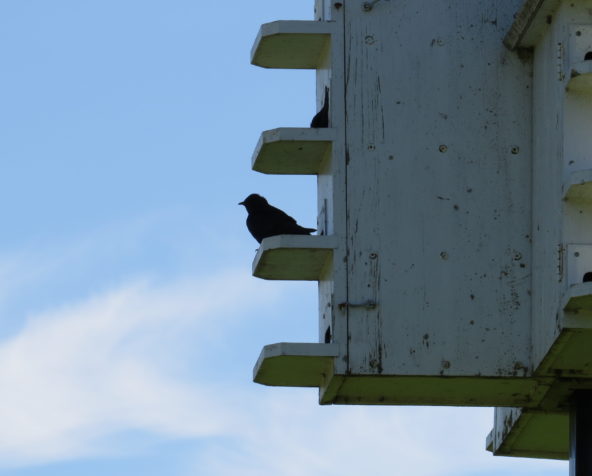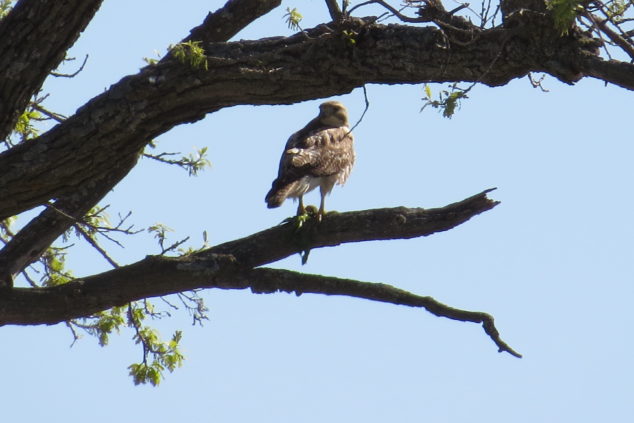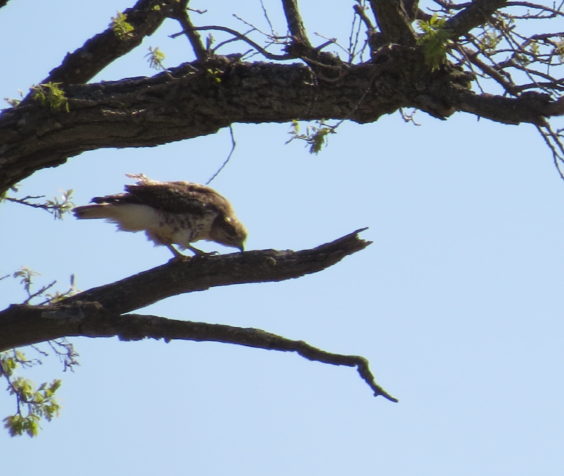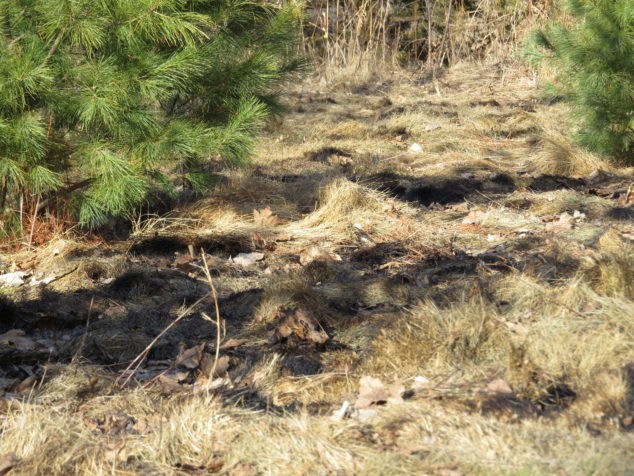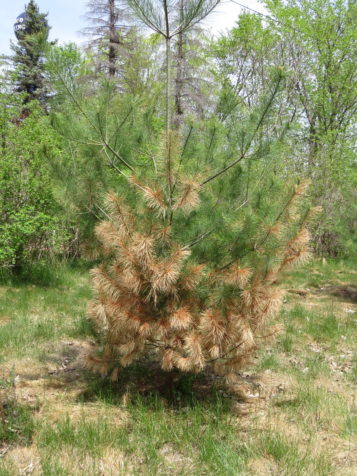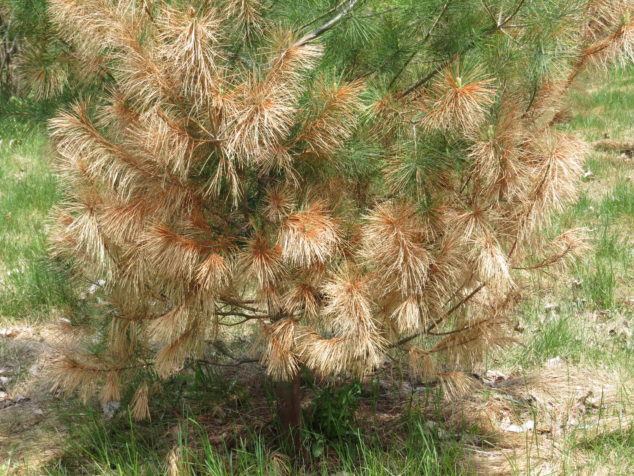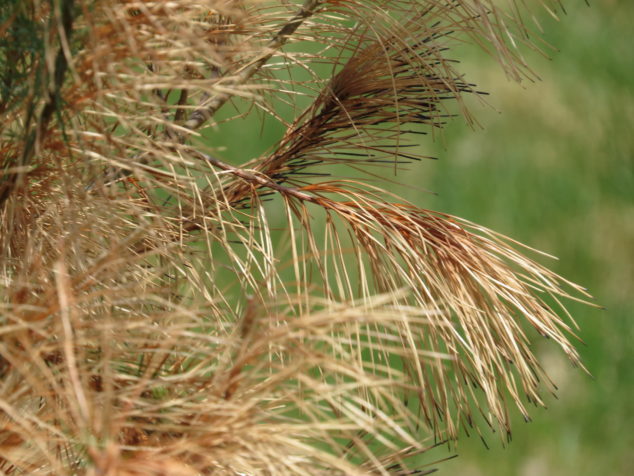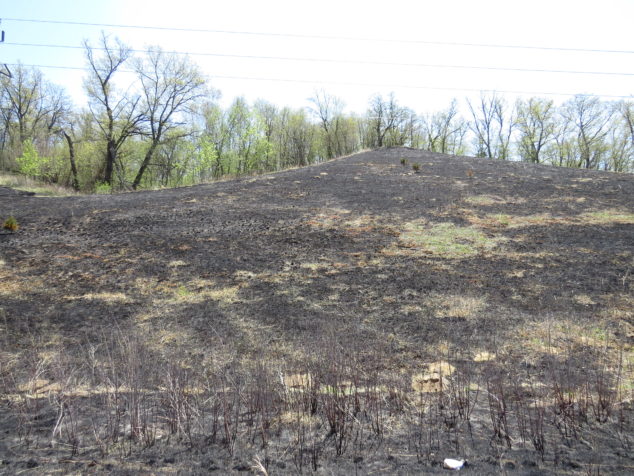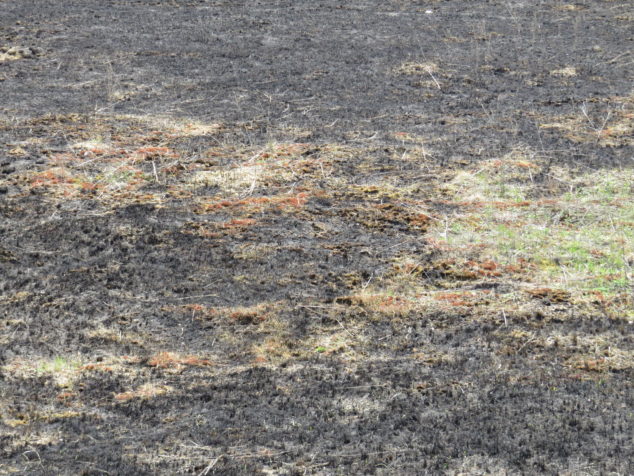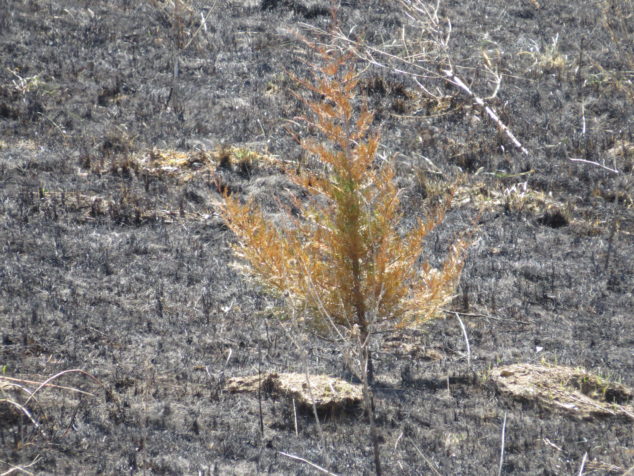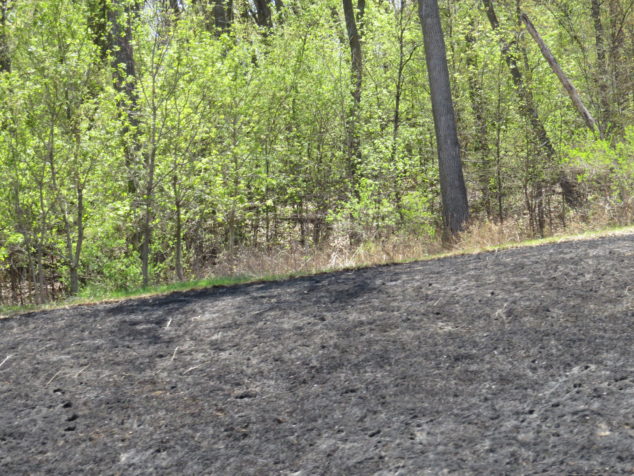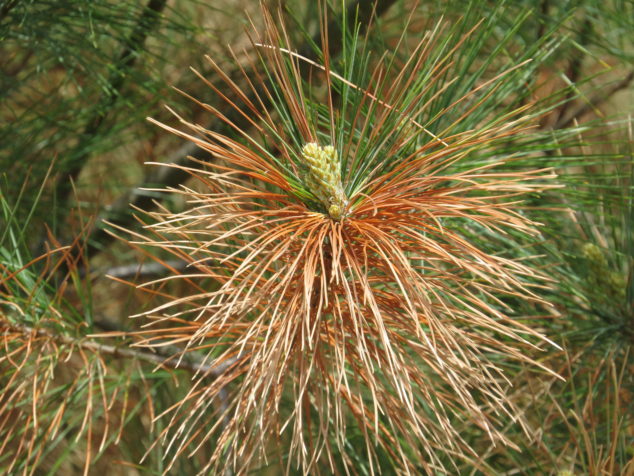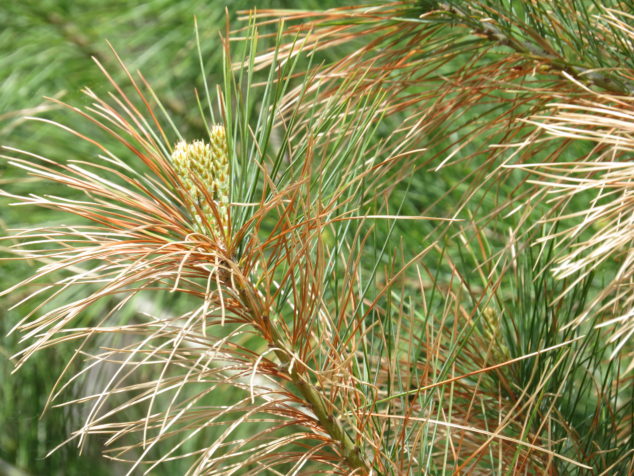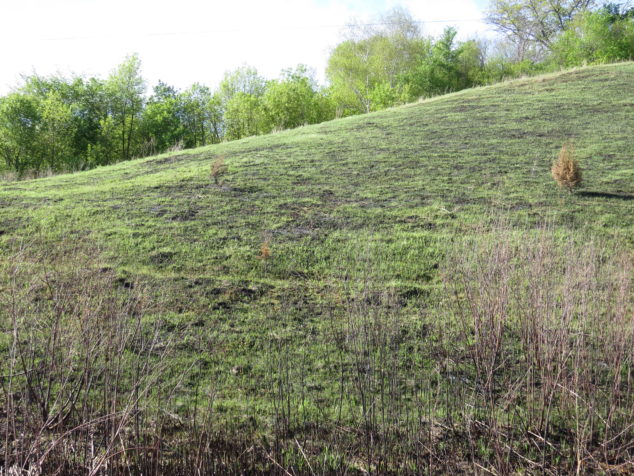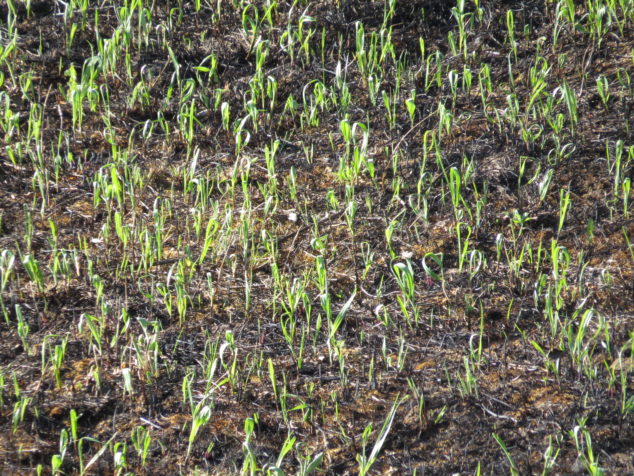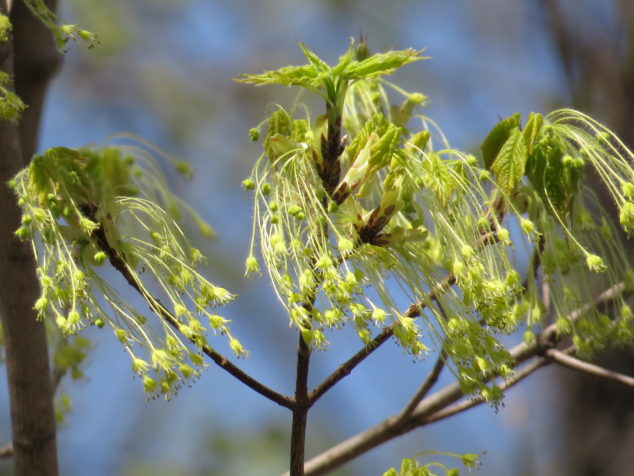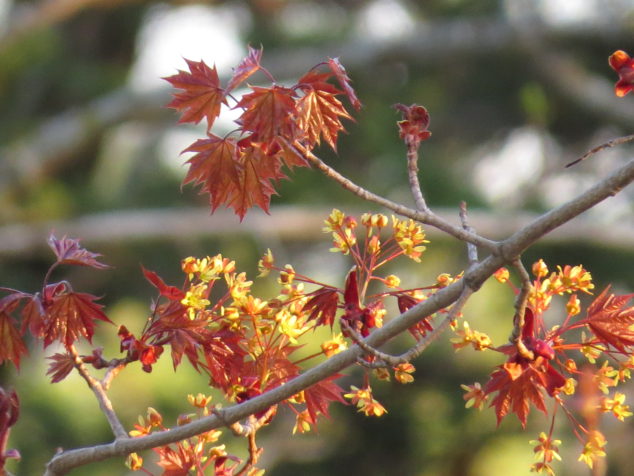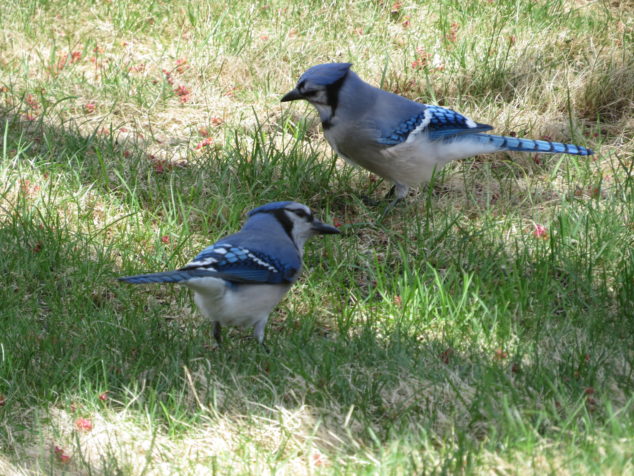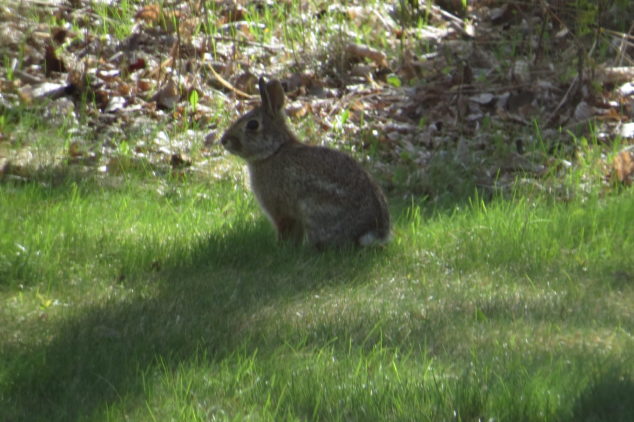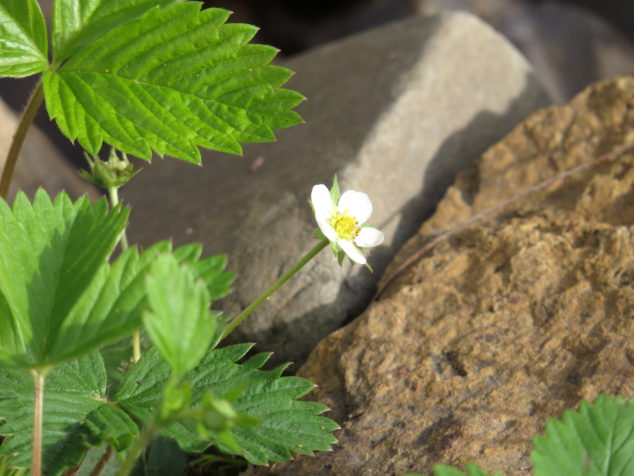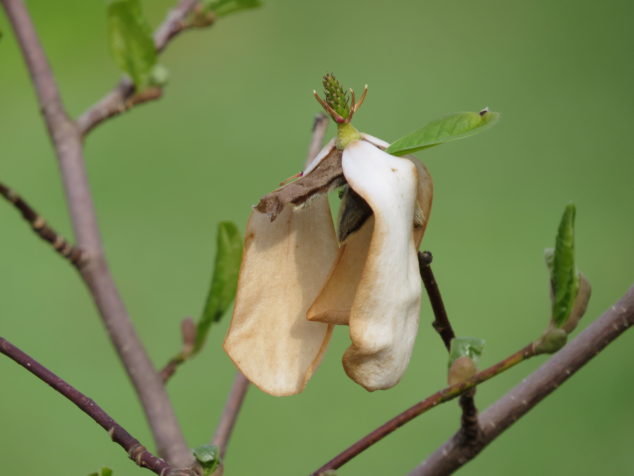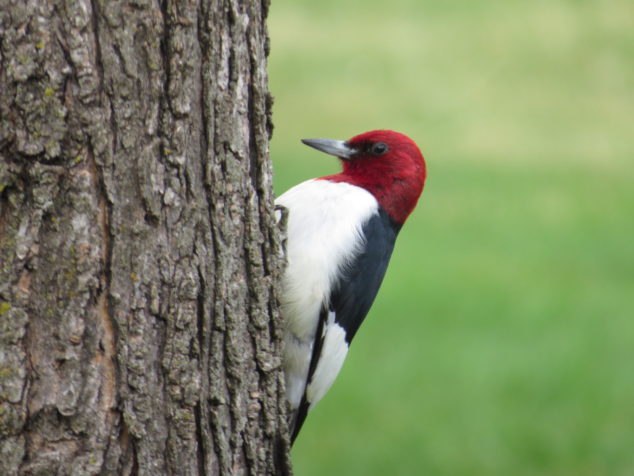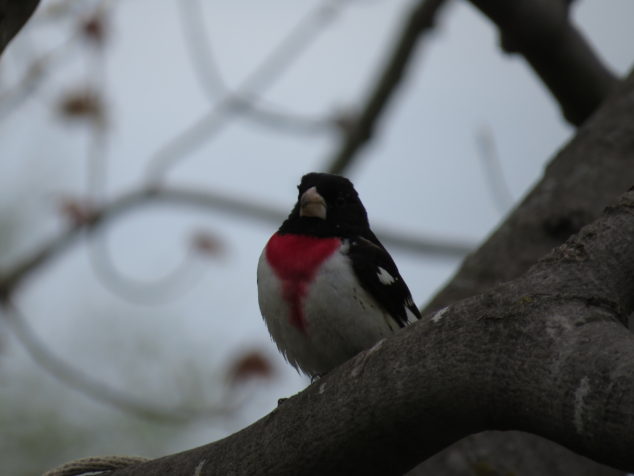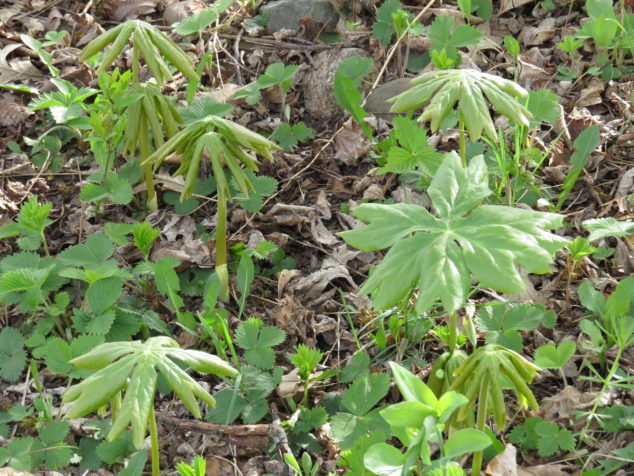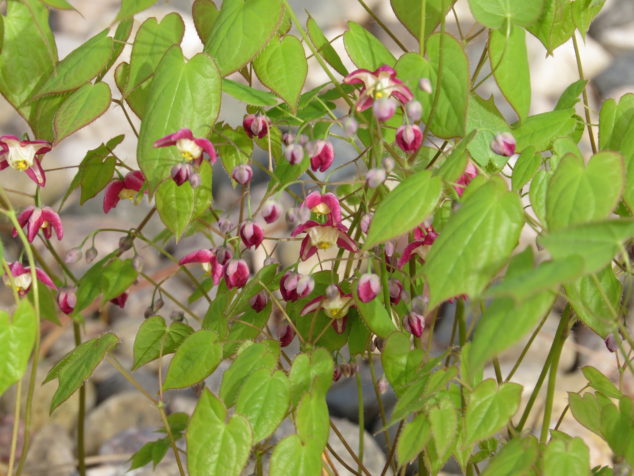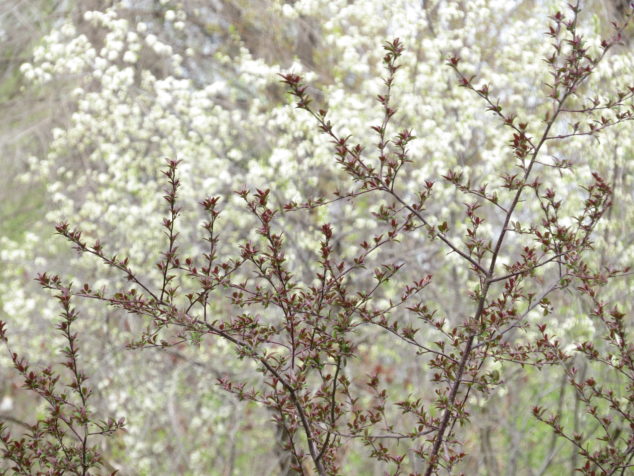“Where there is darkness, light…” –from the Prayer of Saint Francis
There were two times in my life when I was in profound darkness. The first time was when I was very young—before many memories were etched into my brain, and when my brain, in all its wisdom, sequestered that darkness into a walled-off place so I could continue to smile and run and explore and be a child. The second time was forty-three years later when the walled-off place suddenly burst open, spewing all the feelings and emotions of that earlier time into my mind, my body, and my soul. I could no longer smile, I could barely move, and my soul felt like it was dying. There were other times in my life—between those two times—when I peered into the darkness of the abyss, when I stood precariously on the edge fearing any misstep that would plunge me into that place I did not want to go, could not yet go. During the second darkness, there were a few amazing beams of light that guided me through—my therapist, my pastor and friend. There was the warm, caring light of Chris who pulled double duty with the chores and work, even when it all felt confusing and overwhelming. And there was the brilliant light of my children—one who was already gone to college, one who was on the cusp of leaving for school, and one who still needed my day-to-day presence.
I am acutely aware of the toxic darkness that resides in our world—where children are intentionally separated from their parents, where violence permeates homes and lives, where people are going hungry and sleeping on the streets, where illnesses are unable to be treated, and a list too long goes on. But I am also joyously connected to the light in our world—the life-giving sunshine in our daily lives, the hope and comfort of spiritual belief and practice, and the day-to-day words and actions of good and kind people. The early morning and evening sunshine has been lighting up the landscape around our place, noticeable as we sit on the porch or walk through the yard. The coming or going of darkness is emblazoned by sunlight as it reaches from the horizon through trees and leaves.
It illuminates the seedheads of grass, transforming the natural color to pure white light.
Ninebark shrubs flower and fruit in little clusters that often get lost among the leaves. The sunlight reveals some hidden fruits.
Wispy needles of a Larch tree dance green and white in the light, casting narrow shadows on themselves. We are all a combination of light and shadow.
Life-giving food made from life-giving sunlight and soil is part of the process of transformation for a caterpillar eating Milkweed and becoming a Monarch butterfly.
How does sunlight impact a rock? It beams light energy into the hard, seemingly impervious surface—some gets reflected, making the rock look brighter, while other gets absorbed and transformed into heat.
When a place looks dark, light can shine on unexpected places making the whole picture look different. Often our help, our light, comes from people and places we never expected.
A constant source of pleasure for me is the ever-changing way the evening sunlight radiates through the leaves of a Banana tree on our patio. The red edges turn to fire, the veins are unveiled, shadows deepen the green color in areas, and drops of pure white light drip from and through this living, breathing organism.
Sometimes the sun doesn’t shine on our face, but enlightens and enlivens our heart where we need it most, so that later our true beauty will be revealed for all the world to see.
Light also exposes dangerous, harmful, or annoying things that go unseen in the shadows and darkness. Red aphids on a sunflower stem glowed in the sunlight, and vines and webs were clearly seen in the light of the sun and the lens of the camera. Sometimes one has to look closely with unflinching courage in order to eradicate the harmful things.
The result of being aware of the light and the darkness, of looking honestly and closely at our own heart and soul, of asking or allowing or finding the help we need, is the revelation of an inner and outer beauty that displays our true essence.
Our brains are amazing structures that protect us during overwhelming events by sequestering sensations and emotions to a walled-off place so we can continue to function at some level. But they never disappear, and time does not abate the intensity of our feelings. Sometimes the walled-off place is touched or triggered by a sensation or situation, and we react instantly, unconsciously, and we or someone around us wonder where those words or actions came from. That’s why the second darkness is so important—to slowly know and release the sensations and feelings that have been clouding our life, so we are no longer afraid of the dark abyss, because it is gone. We all need help at times with our shadows and darkness, and we are all called to be sowers of light. A Minnesota author Kent Nerburn wrote a book Make Me an Instrument of Your Peace—Living in the Spirit of the Prayer of Saint Francis. He wrote how Saint Francis went forth in the world to give his light to others, how at times it was an act of pure will, and how fervently he believed that every small gesture of light was needed. Nerburn wrote, “We must remind ourselves that, though our lives are small and our acts seem insignificant, we are generative elements of this universe, and we create meaning with each act that we perform or fail to perform.” He continues this compelling call to action with “All our actions on this earth have eternal life. It is up to us to determine whether our actions have a life that increases the light in the world or adds to the darkness.” May we know our shadows, may we light up the landscape of our world, and may we let the luminescence of our true essence shine on.
